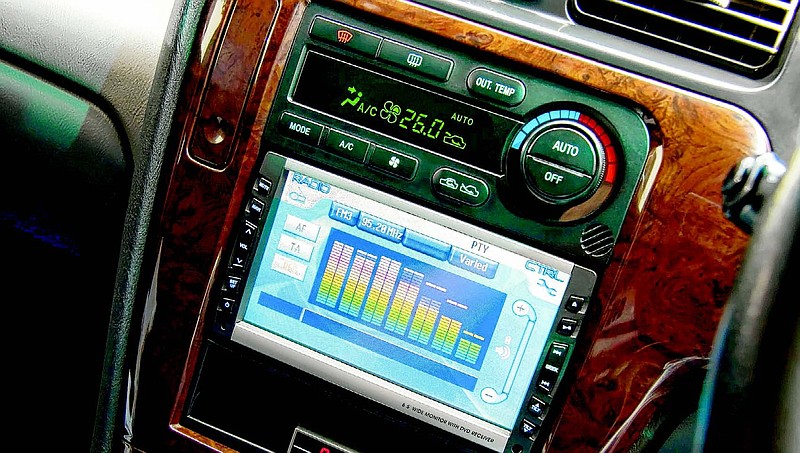While Google's self-driving car is getting heaps of attention, a lesser-known effort that would employ cutting edge technologies to make regular automobiles safer is fast gaining traction.
Under the "connected vehicle" program being developed by federal and state officials, cars, trucks and buses bristling with gadgets would wirelessly communicate with each other as well as with traffic signals, pavement-embedded sensors and other road equipment.
Drivers then would get automatic warnings about everything from icy bridges and accidents in their paths to cars racing at them through red lights and lane changes they should avoid because another vehicle is next to them.
The National Highway Traffic Safety Administration is due to make key decisions next year about how to proceed, and authorities expect connected-vehicle devices to start showing up in cars by 2019.
"This is going to be a very big deal," said Greg Larson, chief of the office of traffic operations research at the California Department of Transportation, which has been studying the concept. Calling the government's timetable "very realistic," he added, "I don't see any technical challenges in getting this done."
Some car makers already have equipped vehicles with gadgets to alert drivers to potential collisions. But those devices only spot nearby hazards, among other limitations. And while California has approved testing of so-called autonomous vehicles - like Google's - getting cars to safely drive themselves is complicated.
Google declined to discuss the subject. But Steven Shladover of California Partners for Advanced Transportation Technology, a research group at the University of California-Berkeley, said a big challenge in designing self-driving cars is to make software that can nimbly respond to unexpected events.
"This will require a very large research and development effort," he said. But if those vehicles could be relegated to their own special purpose lanes, he added, "the technical problems become much less daunting."
No matter how autonomous cars are designed, however, "we think they could work better when they are connected" with other vehicles and roadway devices, Larson added.
By being electronically alerted about hazards, transportation officials believe, drivers could slow down or otherwise maneuver to avoid them. And if an accident did happen, they say, it might be possible to instantly relay key information about the mishap to emergency personnel. That could include where it occurred, how fast the vehicles were traveling, if air bags were triggered and the passengers' medical histories in case they were injured.
Another option being considered is to enable the system to warn blind pedestrians when it's unsafe to cross streets.
Although details on how this would work have yet to be decided, connecting cars, stop lights, highway cameras, pavement sensors and other traffic c-related gear would likely require an array of new products, including microchips, routers, servers and software.
It's unclear how much of that would need to be installed along streets and highways. Some experts believe it would have to be extensive, while others contend cars could be made smart enough to spot dangers and warn other vehicles in their vicinity - possibly via cellphones - without needing much information from roadway equipment.
